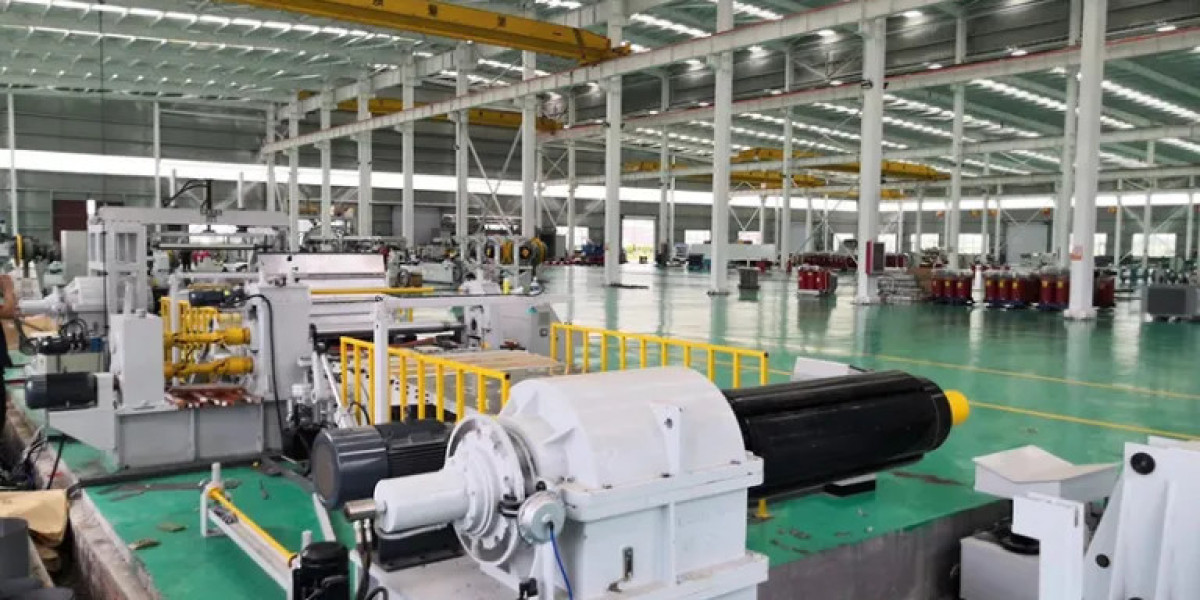Maintenance is a crucial aspect of keeping silicon steel slitting lines running smoothly and efficiently. These machines are used to cut large rolls of silicon steel into smaller, more manageable coils for various applications in industries such as automotive, electrical, and construction.
The Importance of Regular Cleaning
One of the key maintenance tasks for silicon steel slitting lines is regular cleaning. Dust, dirt, and debris can build up on the machine components over time, leading to decreased performance and potential damage. Cleaning the slitting line regularly helps prevent these issues and ensures that the machine operates at optimal efficiency.
Preventing Wear and Tear
In addition to cleaning, checking for wear and tear on various components is essential for preventing costly breakdowns. Components such as blades, slitting knives, and spacers can wear down over time due to the high-speed cutting involved in slitting silicon steel. Regular inspections and maintenance of these components can help identify any issues before they escalate and result in downtime.
The Role of Lubrication in Maintenance
Lubrication is another critical aspect of maintaining silicon steel slitting lines. Proper lubrication of moving parts such as bearings, rollers, and gears helps reduce friction and wear, extending the lifespan of the machine. Regularly checking and replenishing lubricants in the slitting line can significantly improve its performance and longevity.
Calibration for Precise Cutting
Calibration is also vital for the precise cutting of silicon steel coils. Regularly calibrating the slitting line ensures that the machine is cutting the steel accurately to the desired width and thickness. Any deviation from the correct measurements can result in unusable coils and production delays. Ensuring that the slitting line is properly calibrated helps maintain product quality and efficiency.
Electrical Component Maintenance
Furthermore, keeping electrical components in good working condition is crucial for the overall performance of silicon steel slitting lines. Checking for loose connections, worn wires, and damaged electrical components can help prevent electrical issues that can cause machine malfunctions or safety hazards. Regular inspections and maintenance of the electrical system can help ensure that the slitting line operates safely and efficiently.

Operator Training and Education
Lastly, operator training and education are key components of effective maintenance for silicon steel slitting lines. Operators should be well-trained in using the machine, understanding its components, and performing routine maintenance tasks. Regular training sessions can help operators identify potential issues early on and take necessary preventive measures to keep the slitting line running smoothly.
Conclusion
In conclusion, understanding and addressing the maintenance needs of silicon steel slitting lines are essential for maximizing productivity, reducing downtime, and extending the lifespan of the machine. Regular cleaning, inspection, lubrication, calibration, and operator training are all critical aspects of maintaining a well-functioning slitting line. By taking proactive measures to address maintenance needs, businesses can ensure that their silicon steel slitting lines operate efficiently and effectively for years to come.





